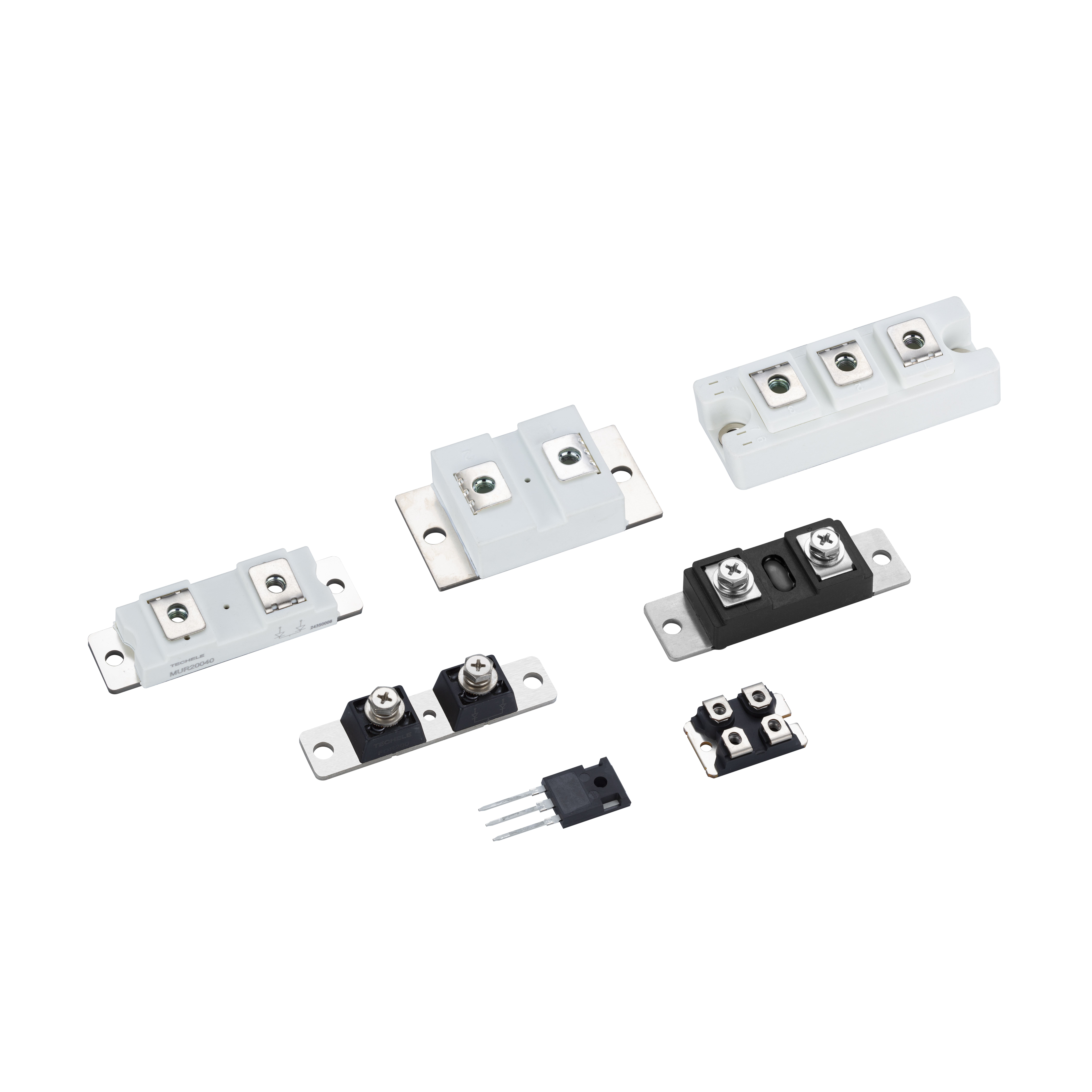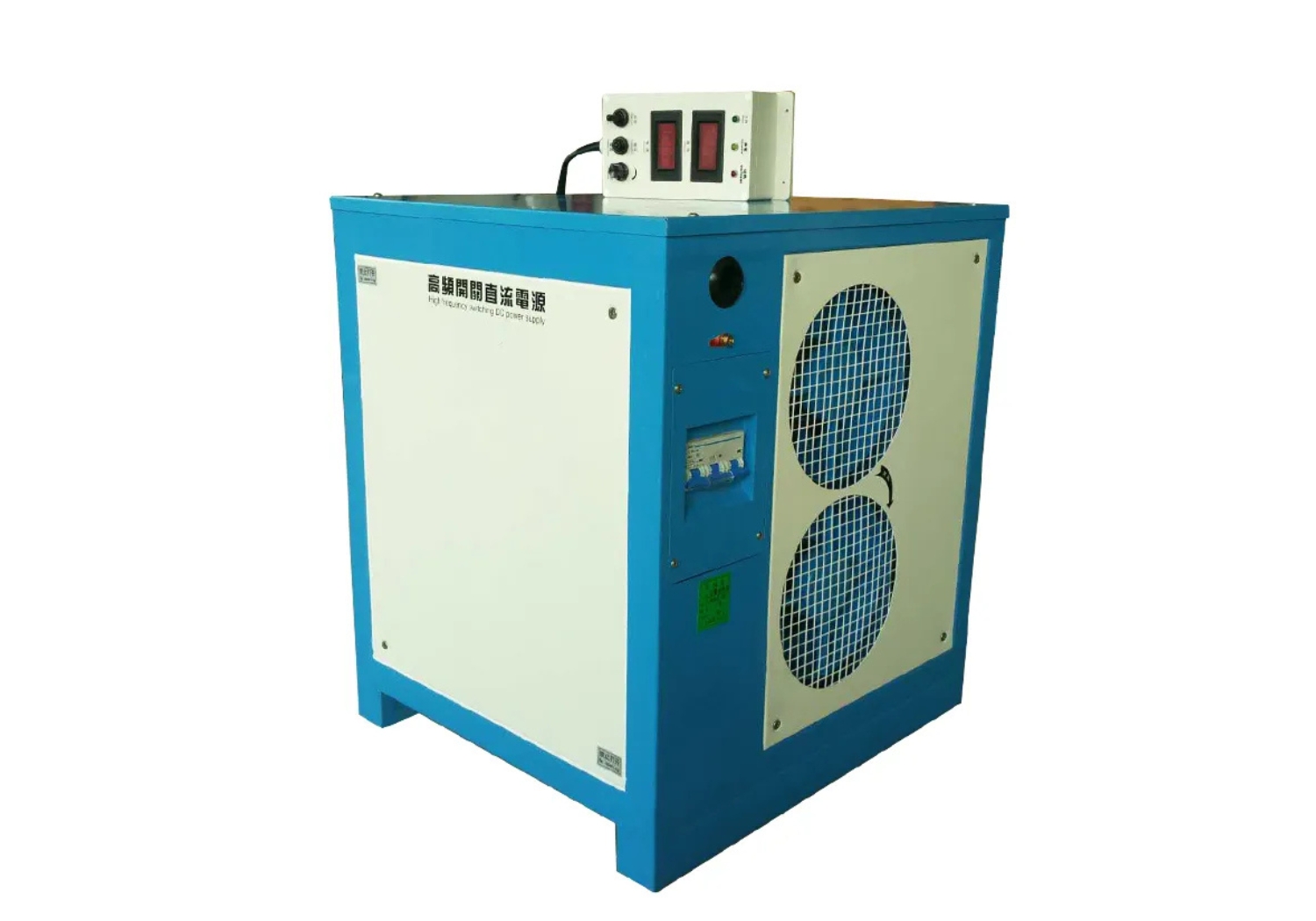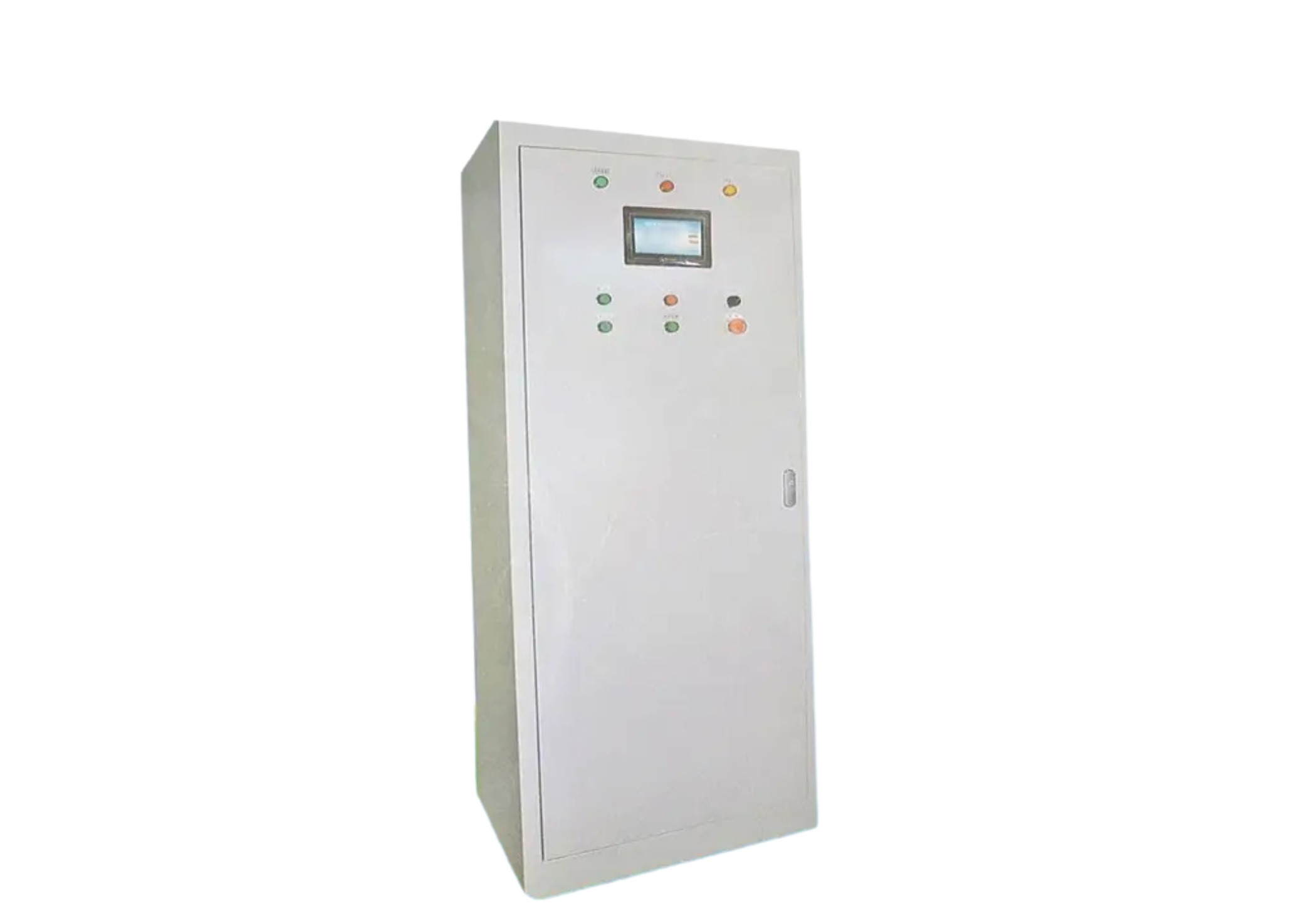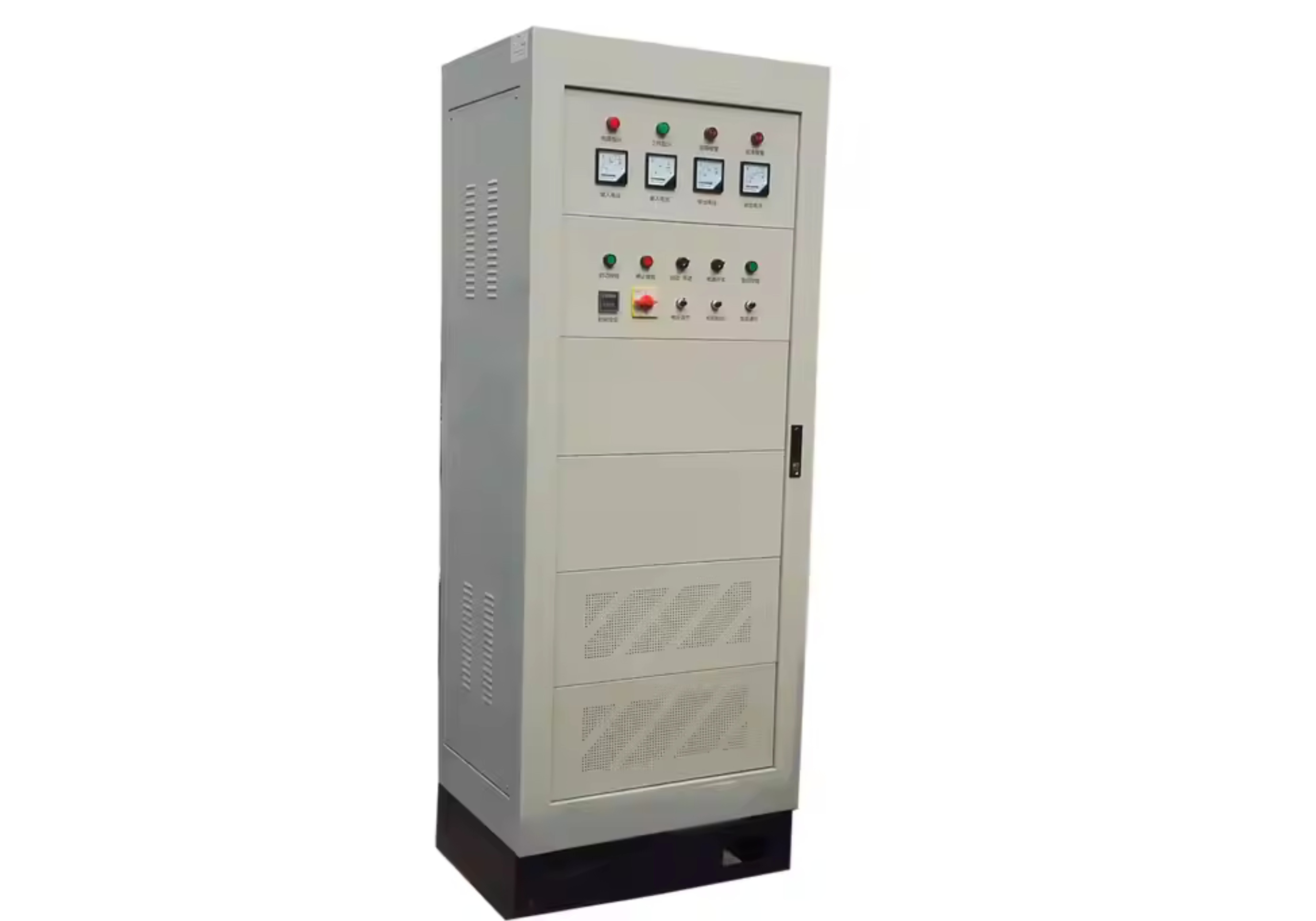Comparing Top Dual Thyristor Module Brands by Surge Capacity and Control Precision
1. Key performance parameters in module selection
Effective power module design hinges on three core metrics: low on‑state voltage, high surge current endurance, and stable behavior in high frequency applications. Whether in HVDC grids or industrial phase control loops, these factors dictate operational efficiency and system resilience.
Dual thyristor modules from leading brands are purpose-built for these needs. Many include integrated gate drivers, snubber circuits, and optional anti-parallel configurations. Voltage ratings often span 1600V to 6500V, addressing applications from HVAC control to high-capacity energy storage inverters.
2. Comparison of key manufacturers
ABB: Their 6500V modules offer high fault tolerance and are widely used in HVDC substations. Focused on high surge current reliability and field-replaceable designs, ABB’s modules also support power factor tuning in industrial grids.
Fuji Electric: Known for precision in industrial phase control, their 1600V modules perform well under high repetition switching and temperature cycling. Their low trigger current designs reduce gate power demand.
Dynex: Offers hybrid dual thyristor modules with integrated thermal monitoring. Rated for both HVAC and HVDC, their products balance size, current density, and low on‑state voltage with smart diagnostics.
Toshiba: A leader in fast-switching, high-voltage platforms, Toshiba’s offerings support anti-parallel use and deliver high immunity to voltage spikes. Their 6500V lines are prominent in grid-tied energy storage converters.
Each brand meets IEC and JEDEC compliance standards and includes surge ratings exceeding 10x nominal current—ensuring safe handling of load transients and AC line disturbances.
3. Matching brands to deployment priorities
For energy-intensive HVDC or battery installations, choose 6500V dual thyristor modules with smart thermal paths and high surge cycling durability.
In HVAC systems, use 1600V modules with anti-parallel layouts to manage frequent load reversal.
For industrial drives and heating control, prioritize low on‑state voltage to minimize power loss and heat accumulation.
Projects involving energy storage should also consider gate timing tolerance and overcurrent behavior under regenerative conditions.
4. Supply chain and future developments
Leading brands now offer digital twins of their modules, enabling simulation before procurement. Additionally, predictive firmware embedded in gate drivers is emerging as a way to monitor high frequency stress and aging.
New designs aim to reduce form factor while maintaining high surge current capacity, making them suitable for microgrid and mobile installations. With the evolution of dual thyristor module technology, a greater push is underway for component standardization across HVAC, HVDC, and storage systems.






